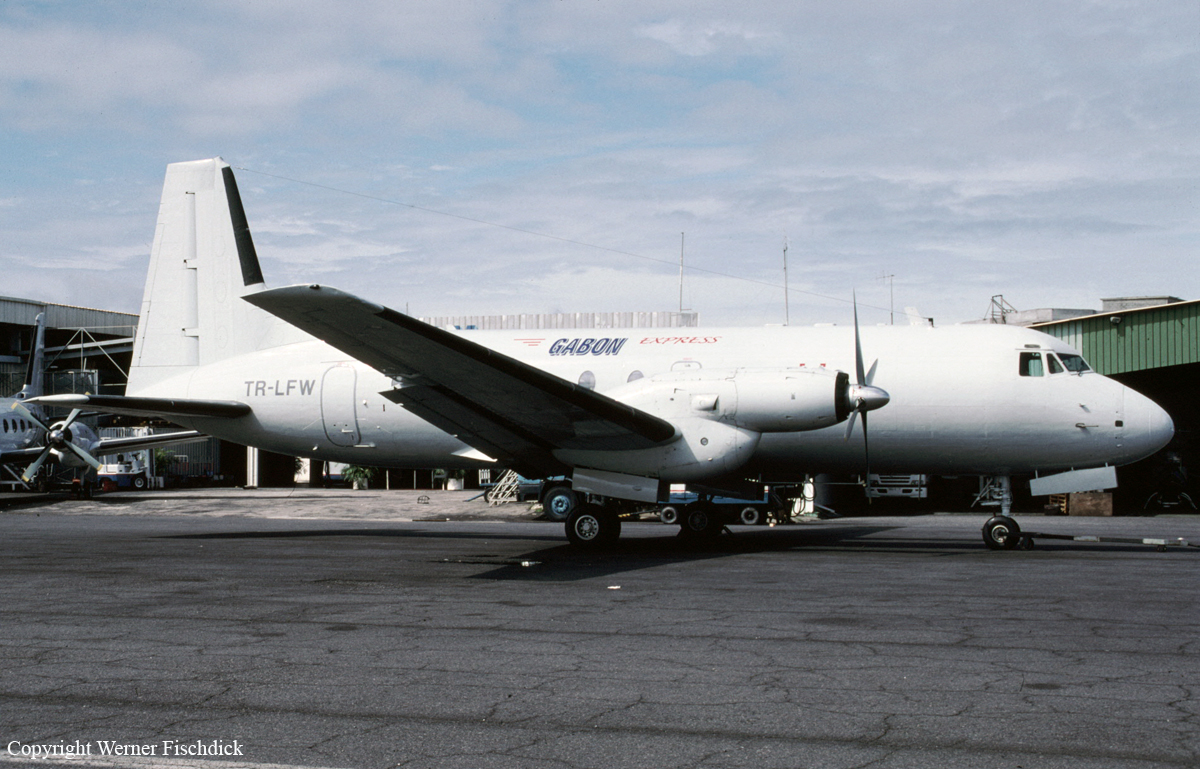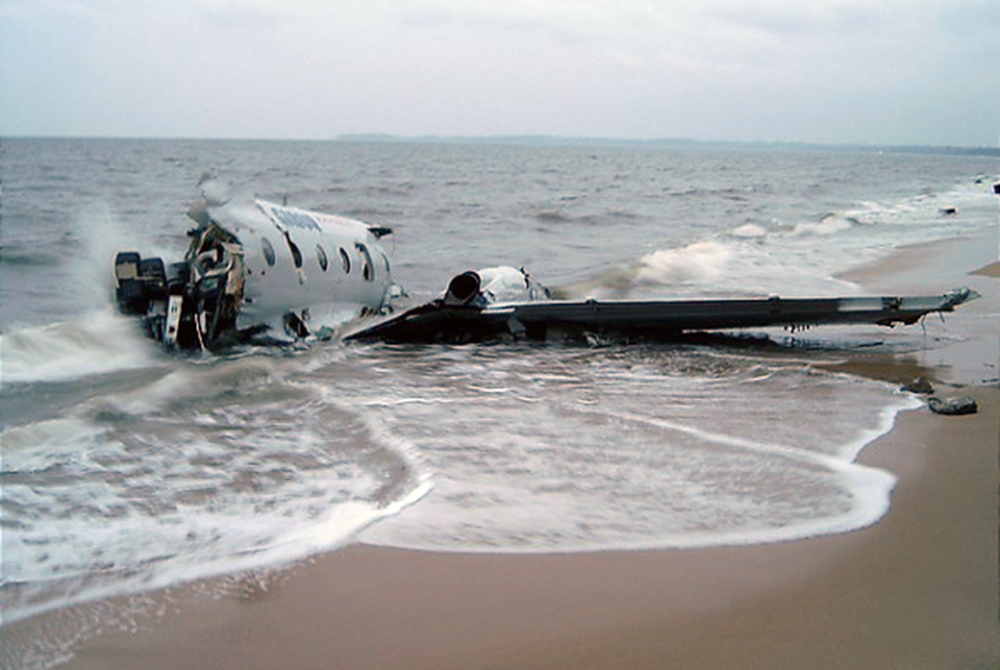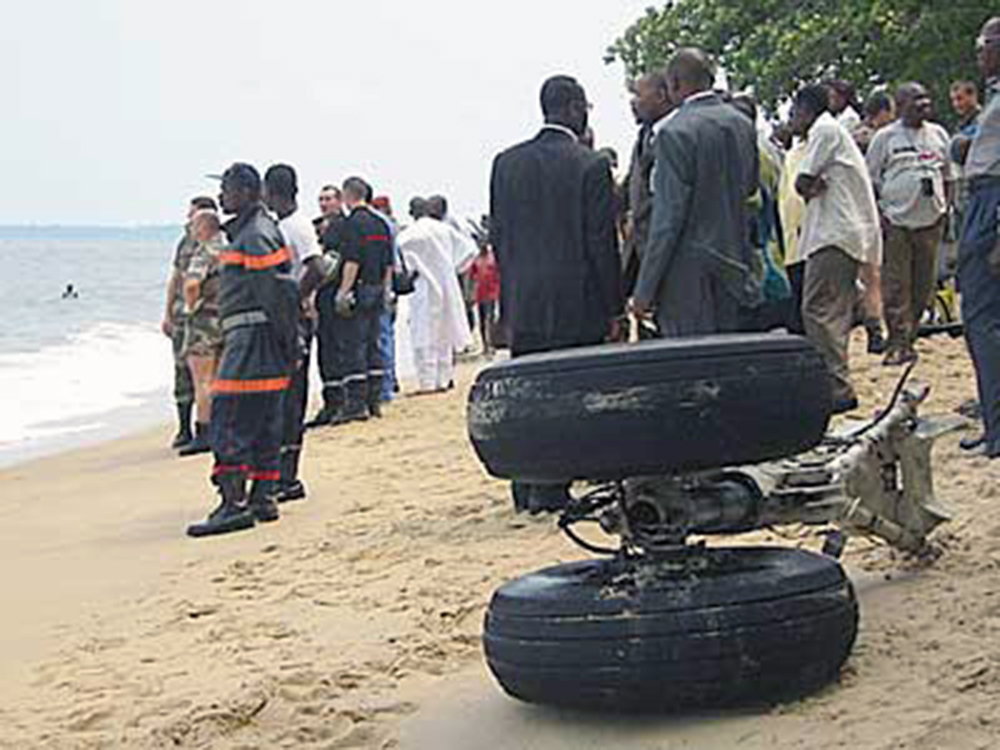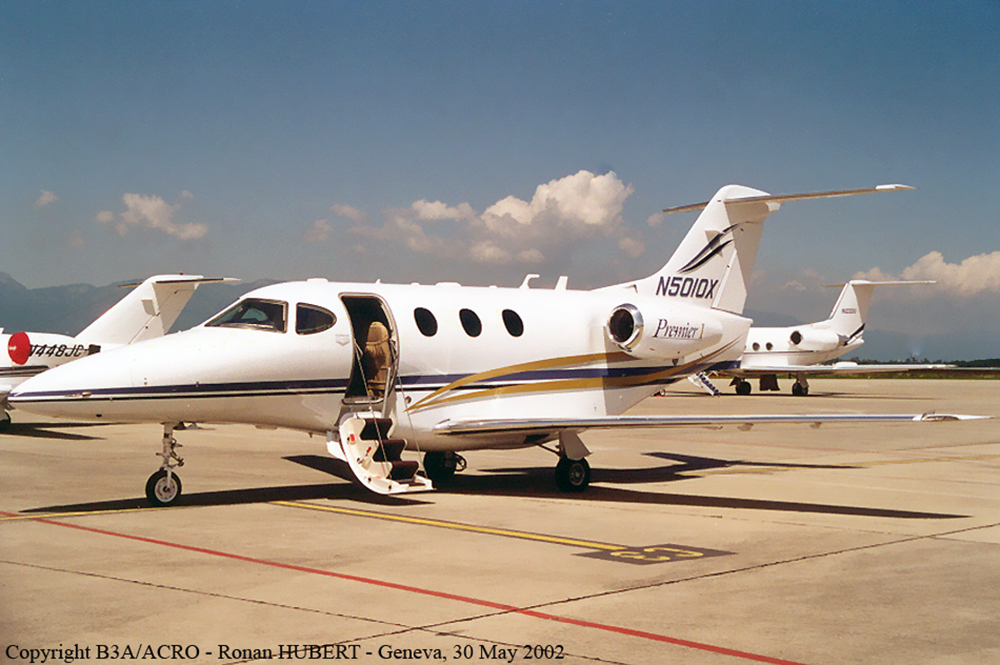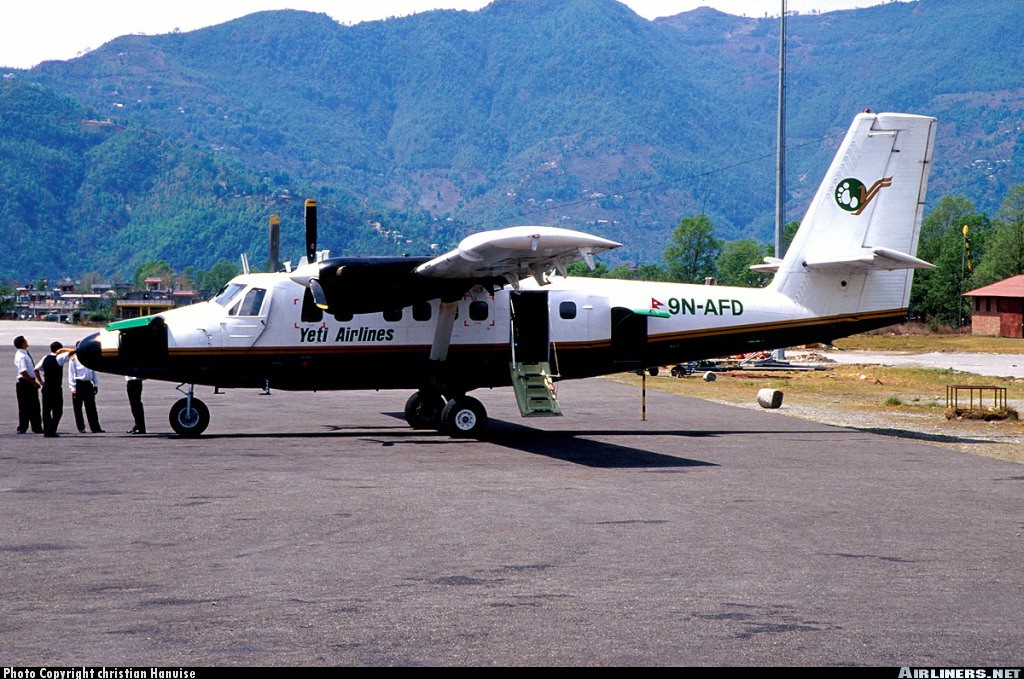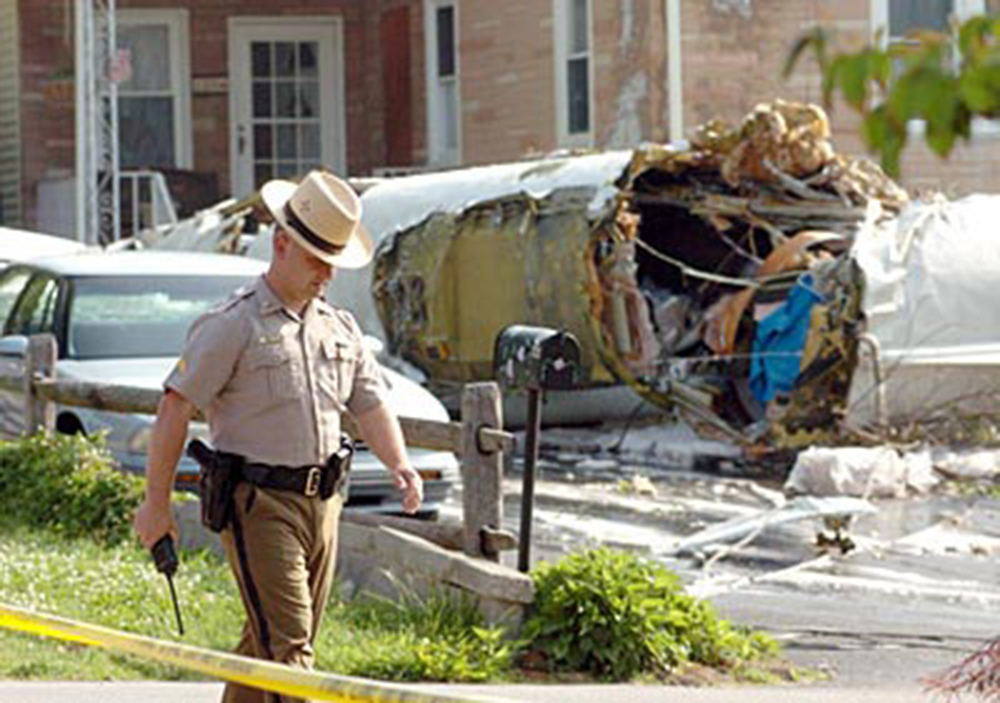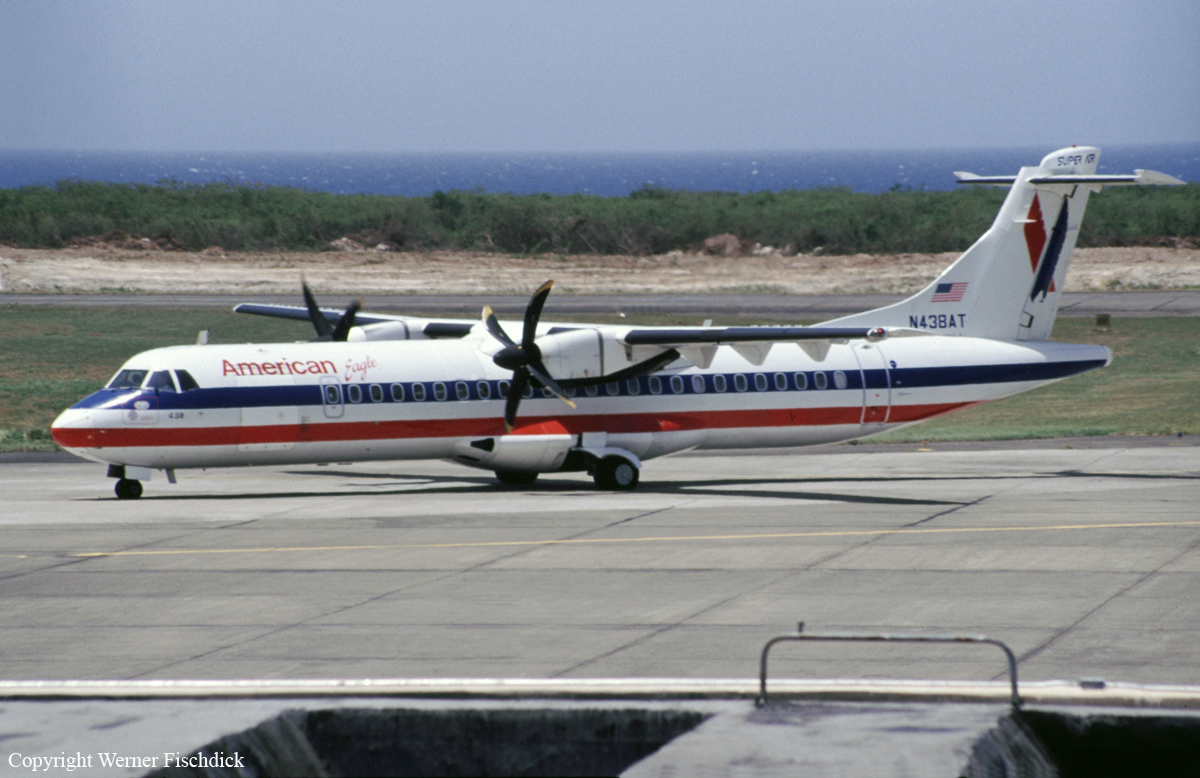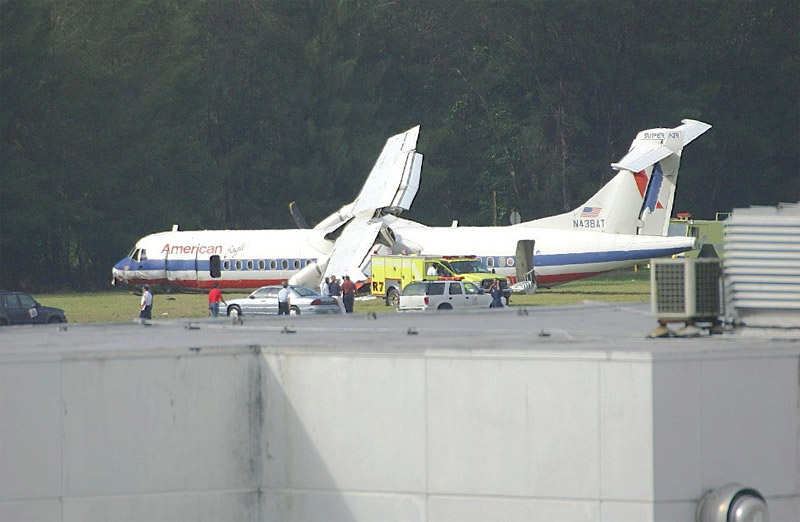Crash of an Avro 748-232-2A off Libreville: 19 killed
Date & Time:
Jun 8, 2004 at 0938 LT
Registration:
TR-LFW
Survivors:
Yes
Schedule:
Libreville – Port Gentil – Franceville
MSN:
1611
YOM:
1967
Flight number:
GBE221
Crew on board:
4
Crew fatalities:
Pax on board:
26
Pax fatalities:
Other fatalities:
Total fatalities:
19
Circumstances:
The aircraft departed Libreville-Léon Mba Airport at 0911LT on a flight to Franceville with an intermediate stop in Port Gentil with 26 passengers and four crew members on board. Few minutes after takeoff, the crew informed ATC about technical problem and was cleared to return to Libreville. In excellent weather conditions, the aircraft overflew the runway then crashed in the sea about 100 metres offshore. Eleven occupants were rescued while 19 others were killed, among them one crew member.
Probable cause:
Loss of hydraulic pressure on the right engine forced the crew to shut down this engine and to feather its propeller. On approach, the crew was unable to lower the gears because of the loss of hydraulic pressure.
